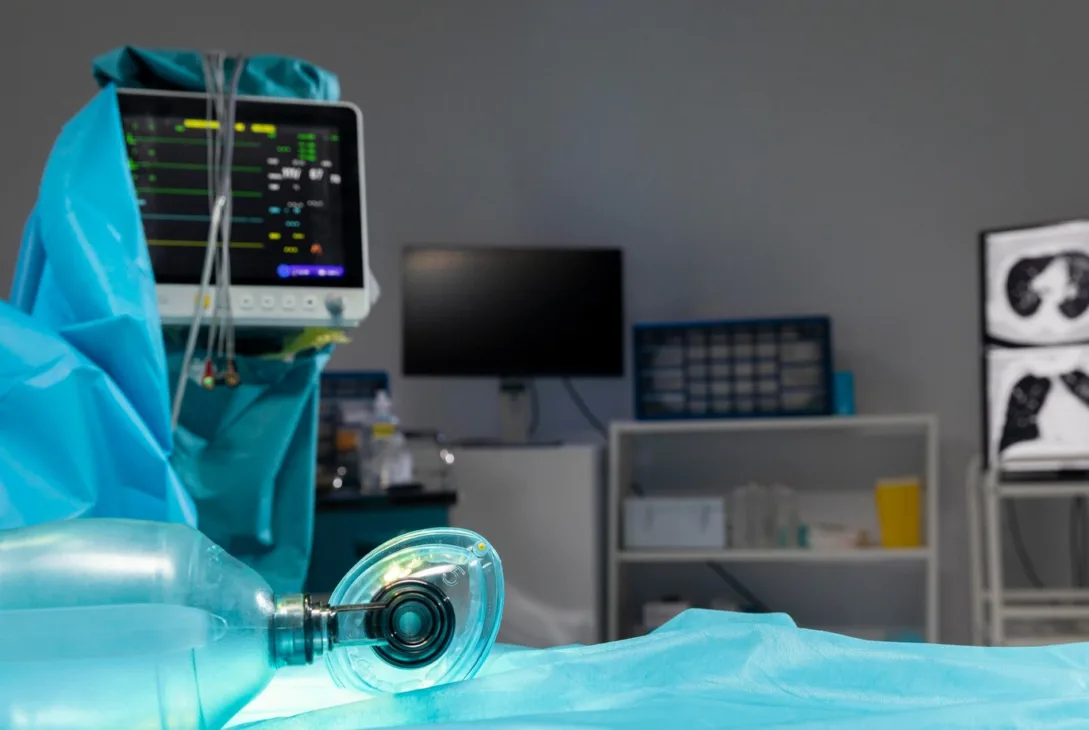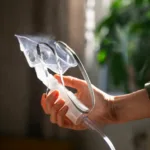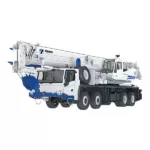Medical Equipment in Healthcare Settings
All types of medical equipment are equally as important in both hospitals and clinics because they are tools that help doctors carry out their responsibilities. They can use these tools to figure out what is wrong with their patients, keep an eye on their health, and provide them with the right treatments. For example, X-ray machines are able to take photographs of the insides of our bodies. Moreover, there are also monitors that show our heart rates in real-time. These gadgets play a huge role in healthcare settings to ensure that patients are recovering while also making it easier for doctors and nurses to do their jobs. Thus, it is essential to have good-quality medical equipment around to keep patients safe.
Medical Ventilators
Medical ventilators are machines that assist people in breathing when they are having trouble doing it by themselves. They are often found in hospitals, especially in intensive care units (ICUs), where they are used to help patients with breathing problems. These ventilators help supply and regulate oxygen to the lungs. In the meantime, they also expel carbon dioxide from the body. Furthermore, medical ventilator suppliers in Malaysia need to ensure they are able to supply different kinds and sizes from advanced models for long-term respiratory support and also basic ones that are used for shorter periods of time.
Patient Monitors
Patient monitors are one of the many equipment that exist in the industry. They are used to check important signs like their oxygen levels, heartbeat, and blood pressure. On top of that, they are able to provide instant updates on how the patient is doing, enabling them to detect any problems or changes right away. You’ll be able to find these patient monitors in Malaysia at places like hospitals, operating rooms, and emergency rooms where there is an abundance of patients to keep track of their vitals.
Airway Clearance Devices
Airway clearance devices are made to help patients clear out mucus from their airways. They are often used by people with breathing problems like COPD or cystic fibrosis. These work by making air move around and causing vibrations that help loosen up the mucus, making it easier for people to cough it out and breathe better. Using this device can help make breathing easier especially for those with thick mucus, and lower the overall chances of getting lung infections for people with weak lungs.
Importance of Reliable Suppliers
Quality Assurance
Suppliers that are trustworthy ensure that the medical equipment such as ventilators, patient monitors, and airway clearance devices are up to high-quality standards. When hospitals or clinics purchase these equipment, they need to be positive that the equipment is resilient, safe, and reliable so that they can provide the support their patients need in keeping them healthy.
Timely Availability
You’ll never know when your machineries may break down and decide they want to stop working. In this case, medical equipment suppliers need to keep enough medical equipment in stock and ensure it gets to where it’s needed on time. This is crucial in emergencies or when hospitals need to upgrade or replace their equipment in a hurry.
Technical Support and Service
Suppliers should not only sell their products of medical equipment but should also be able to provide full support after purchase. This includes setting it up, maintenance, and fixing any problems that arise. This way, healthware workers can ensure they get immediate help whenever they need it, making sure that the medical equipment they’ve purchased are working without any disruptions.
Essential Features to Look for in Medical Equipment
Accuracy
Medical equipment needs to give precise and accurate readings for accurate diagnosis and treatment.
Reliability
They should be reliable when it comes to supporting patients. They should work well over time without breaking down often.
Ease of Use
Medical equipment should be easy to use with clear and straightforward instructions.
Safety
They need to be safe for patients and healthcare workers to handle.
Compatibility
New medical equipment should be compatible with existing medical devices in the hospital or clinics.
Portability
Depending on where the medical devices will be used, it should be easy to maneuver around whenever doctors or nurses need them.
Maintenance and Support
Procure equipment that comes with good maintenance and instant technical support whenever needed
Data Management
It should be able to handle patient data for analysis and easy access.
Cost-effectiveness
Consider the overall value for money, including its long-term expenses and upfront costs.
Conclusion
Medical ventilators, airway clearance devices, and patient monitors are crucial in today’s healthcare. Together these tools help doctors monitor, diagnose, and treat patients effectively, leading to better results in recuperations and care quality. On top of that, having reliable suppliers that you can count on is extremely important when it comes to purchasing medical equipment. This is because they are on the more expensive side. Hence, hospitals and clinics need to ensure they get quality and reliable devices that meet stringent standards. Like most things, advancement in technology can also be applied to medical instruments. These improvements have changed the way medical officers take care of their patients, providing them with new ways to diagnose, treat, and keep an eye on them. From high-tech treatment devices to better imaging machines, these upgrades have made a huge difference in how patients are taken care of.







